- The federal government is funding 15 Indigenous clean energy projects to reduce reliance on diesel in remote communities.
- Experts warn that logistical challenges, seasonal access, and lack of long-term support often slow progress.
- Community control and capacity-building are essential to achieving lasting energy independence and environmental benefits.
When diesel deliveries arrive late—or not at all—families in remote Indigenous communities know the drill: reduce usage, brace for outages, and hope the lights stay on.
These scenarios, common across Canada’s North, are part of the reason the federal government is investing in cleaner, more resilient energy systems. Fifteen Indigenous communities will receive $11 million under the Clean Energy for Rural and Remote Communities (CERRC) program, with projects spanning six provinces and territories—from Nunavut to Quebec.
The goal? Reduce reliance on diesel, improve energy security, and support economic development.
“It’s great to get started,” said Lynne Couves, director of the Pembina Institute’s renewables in remote communities program. “But a whole lot more investment is going to be required… to support northern and remote jurisdictions to meet the needs they have.”
Why Diesel Still Dominates
Despite the pollution, noise, and risk of spills, diesel remains the energy backbone for more than 200 communities across Canada. That’s largely due to its portability and reliability. A full, well-maintained generator can produce consistent power 24/7—something that solar and wind, with their variability, can’t always guarantee.
“Renewable energy, when done properly, can be a huge benefit to these communities,” said Dr. Nick Mercer, an assistant professor at the University of Prince Edward Island and expert in Indigenous clean energy planning. “But we’d be kidding if we said there weren’t risks and injustices involved.”
Mercer adds that the transition requires more than technology—it needs trust. “We need to make sure a community is not just a passive recipient of a renewable energy project, but an active host and active leader,” he said.
High Costs, Higher Stakes
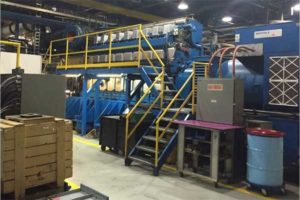
One of the large diesel generators that supply power to Iqaluit, Nunavut. (Dave Lovekin, Pembina Institute. 2019)
Remote communities consume roughly 682 million litres of diesel per year, according to federal estimates. The environmental impact is significant: diesel engines emit up to 100 times more particulate matter than gasoline engines.
Then there’s the financial burden. Despite $300 to $400 million in annual government subsidies, residents in remote regions still pay six to 10 times more for energy than the Canadian average.
“There’s a reluctant acceptance and support [of diesel],” Mercer said. “It’s not like it’s their favourite thing in the world.”
Delays, Logistics, and Barriers
Transitioning to renewables isn’t just expensive—it’s slow. Infrastructure projects in these areas face seasonal bottlenecks. “Transportation of materials to these communities is heavily dependent on seasonal conditions,” said Couves. Some rely on ice roads that are only accessible for a few weeks each year; others get deliveries by ship once or twice a summer.
“In the south of the country, renewables can develop really fast… but in remote communities it takes longer,” Couves said.
Another major challenge: funding structures often overlook key aspects like building efficiency. “Building efficiency is a component of [reducing diesel use], but the grants aren’t usually set up that way,” said James Jenkins, executive director of Indigenous Clean Energy and a member of Walpole Island First Nation.
High-efficiency wood stoves, heat pumps, and insulation upgrades can lower energy use dramatically, but they’re not always eligible for clean energy funding.
The Need for Community Control
Still, progress is being made. Since its launch in 2018, the CERRC program has supported over 190 clean energy projects. An additional $233 million was earmarked in the 2021 federal budget. The initiative is advised by Wah-ila-toos, a council of Indigenous leaders who guide federal departments on improving access to clean energy.
Natural Resources Minister Jonathan Wilkinson emphasized the importance of community-led efforts in a recent release: “Clean energy will lead to economic empowerment, better health and lower energy costs for households.”
For many, though, the real value lies in sovereignty. “What tends to bring a lot of pride to these communities around their clean energy systems is that they do have control,” Couves said. “We need to increase community capacity and understanding of their energy systems in order to have true energy security and true sovereignty.”
For Indigenous communities, moving away from diesel isn’t just about lowering emissions—it’s about building resilient, locally controlled systems that meet both energy and community needs. While federal funding helps, the real work lies in long-term planning, training, and trust.






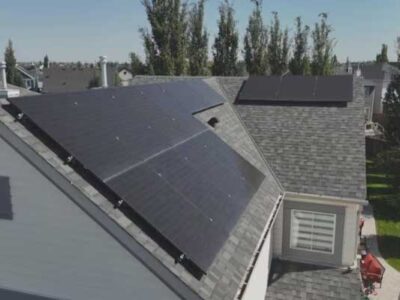
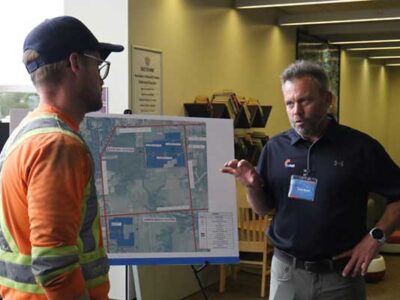
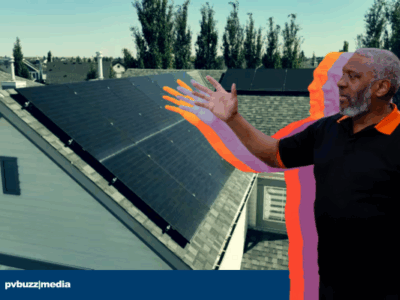
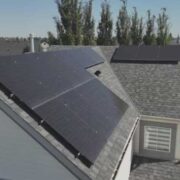
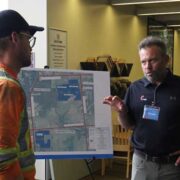

Comments